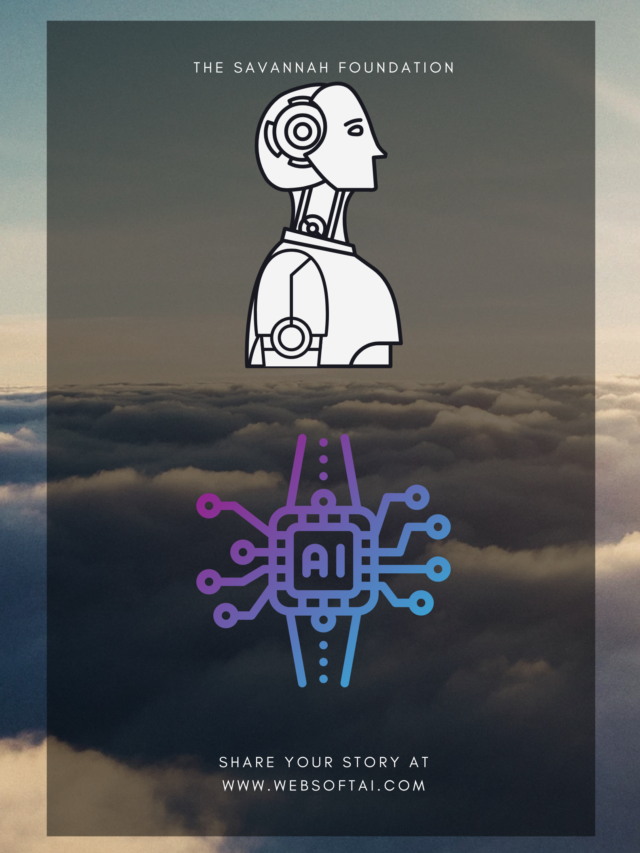Artificial Intelligence (AI) has rapidly emerged as one of the most transformative technologies of the 21st century. From self-driving cars to smart assistants, AI is revolutionizing industries and reshaping the way we live. However, like any powerful tool, AI comes with both incredible potential and significant dangers. Understanding these risks is crucial for ensuring that AI serves humanity’s best interests.
The Power of AI
AI holds immense promise. It’s already improving healthcare with predictive diagnostics, advancing education through personalized learning, and enhancing efficiency in industries like manufacturing, logistics, and finance. Companies use AI to optimize operations, reduce costs, and make smarter decisions. In the realm of innovation, AI is helping scientists accelerate research in fields like climate change, drug discovery, and space exploration.
For individuals, AI-powered tools simplify daily life. Voice assistants, smart devices, and recommendation algorithms provide convenience at our fingertips. The potential of AI to solve complex global problems seems limitless. But alongside these benefits, there are significant concerns about the risks AI poses.
The Risks of AI: A Closer Look
- Job Loss:One of the most immediate concerns is automation replacing jobs. From manufacturing to retail, many industries are implementing AI-driven automation, threatening millions of jobs worldwide.
- Bias: AI systems are only as good as the data they are trained on. Unfortunately, this can lead to the reinforcement of existing societal biases, resulting in unfair treatment in hiring, law enforcement, and lending decisions.
- Privacy Invasion: AI-powered systems often rely on vast amounts of personal data. When misused, this can lead to invasive data mining, compromising individual privacy without consent.
- Autonomy: Autonomous AI systems, like self-driving cars or drones, can act outside of human control. If they malfunction or make poor decisions, the consequences could be dangerous.
- Weaponization: The rise of AI-powered weapons is a growing concern. Autonomous weapons, if left unchecked, could lead to an era of warfare where human control is minimized, raising moral and ethical questions.
- Manipulation: AI can be used to create deepfakes, fake news, and other misleading content. This can manipulate public opinion and undermine trust in media and institutions.
- Economic Inequality: AI tends to benefit those with access to technology and resources. This can widen the gap between the wealthy elite and the rest of society, creating greater economic inequality.
- Dependence: As we rely more on AI, there’s a risk of losing essential human skills. Over-reliance on AI tools may reduce problem-solving, critical thinking, and decision-making abilities in humans.
- Cybersecurity Risks: AI can create more sophisticated cyberattacks. As AI becomes more integrated into systems, it can be exploited by malicious actors for hacks, fraud, and breaches.
- Surveillance: AI is increasingly used for mass surveillance, raising concerns about civil liberties and government overreach. AI-driven systems can track individuals’ movements, behaviors, and communications on a massive scale.
- Accountability: When AI makes decisions, it can be difficult to determine who is responsible for mistakes. This lack of accountability could have serious legal and ethical implications.
- Unemployment: Entire industries, such as trucking, retail, and customer service, may be significantly disrupted by AI, leading to widespread unemployment and social instability.
- Social Disruption: AI can shift social structures, potentially leading to unrest and division. As it transforms labor markets, income distribution, and political dynamics, it could create new forms of inequality and conflict.
- Moral Dilemmas: AI systems often face decisions that challenge human ethics. For example, how should a self-driving car decide between causing harm to passengers or pedestrians in an unavoidable accident? These dilemmas highlight the need for careful programming and regulation.
people also read – how does ai detection work
how does ai detection work | Understanding the Inner Workings of AI Detection
Conclusion: Shaping AI for the Future
AI is a double-edged sword. While it offers incredible opportunities for progress, the risks it poses cannot be ignored. Governments, tech companies, and individuals must collaborate to regulate AI development, ensuring it is transparent, fair, and aligned with human values. As we move forward into an AI-driven future, striking a balance between innovation and responsibility will be key to ensuring that AI remains a force for good.
By acknowledging these dangers and working to mitigate them, we can harness the true potential of AI without compromising humanity’s welfare.


